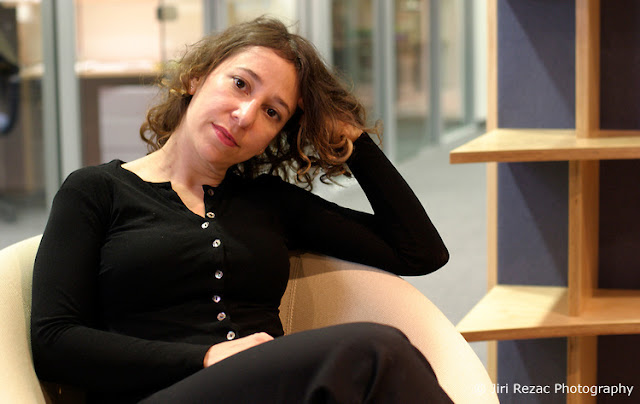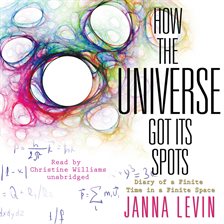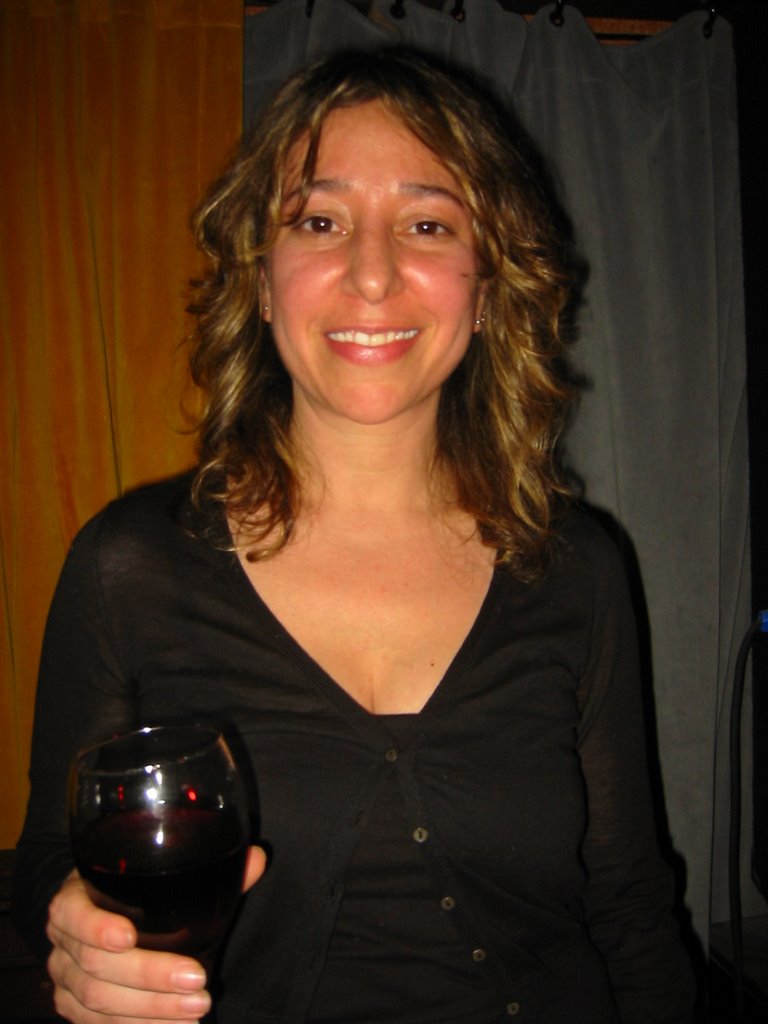

The mix, far from being awkward, turns the whole struggle and acquisition of knowledge into an end that we can all admire greatly. Levin's prose takes the highly unusual tack of posing as letters to her mom, being awesomely personal and revealing while also illustrating just how much she loves the science she does. It means there will never be an end to learning, and THAT is something gorgeous to behold. I personally like to think that all science will always have to do successive paradigm shifts as if it, too, followed the Marxian axiom. No predictive power at all.īut then, even Einstein said there would have to be yet another comprehensive paradigm shift. For, as we know, neither General Relativity or Quantum Physics can describe the actual shape of the universe. The biggest points (for me) were on the topology of the universe.

I've never seen anyone explain physics in quite this way before, but it was absolutely charming. I thought this little primer on physics was perfectly delightful. You get the strong sense that people with this kind of mathematical genius are fragile and a bit uncomfortable with their feet touching the world the rest of us live in. Levin believes it is finite but that view may be an unprovable proposition because it may be finite but too big for us to ever see the end of it. Is the universe stable, like a normal triangle drawn on a flat surface? Or is it expanding, symbolized by a bulging triangle drawn on a sphere? Or is it a collapsing universe, symbolized by a triangle drawn on a saddle where the sides of the triangle bow inwards? The geometry also relates to whether or not the universe is finite or infinite. The book is written with feeling and humor.įundamentally the work focuses on the state of the universe using an analogy of triangles. You don't want to live in the apartment next door to them. (She's at Columbia now.) Her love life is: crazy math/physics chick meets totally unstable male musician.

She is constantly shifting residences as she migrates between cities in California and England. The book is structured as a series of letters to the author’s mother and the author intersperses personal details of her friends and love life.

The author is a master of making a complex subject easy to understand with analogies and simple diagrams. There is some geometry but almost no formulas the reading level is like Scientific American.


 0 kommentar(er)
0 kommentar(er)
